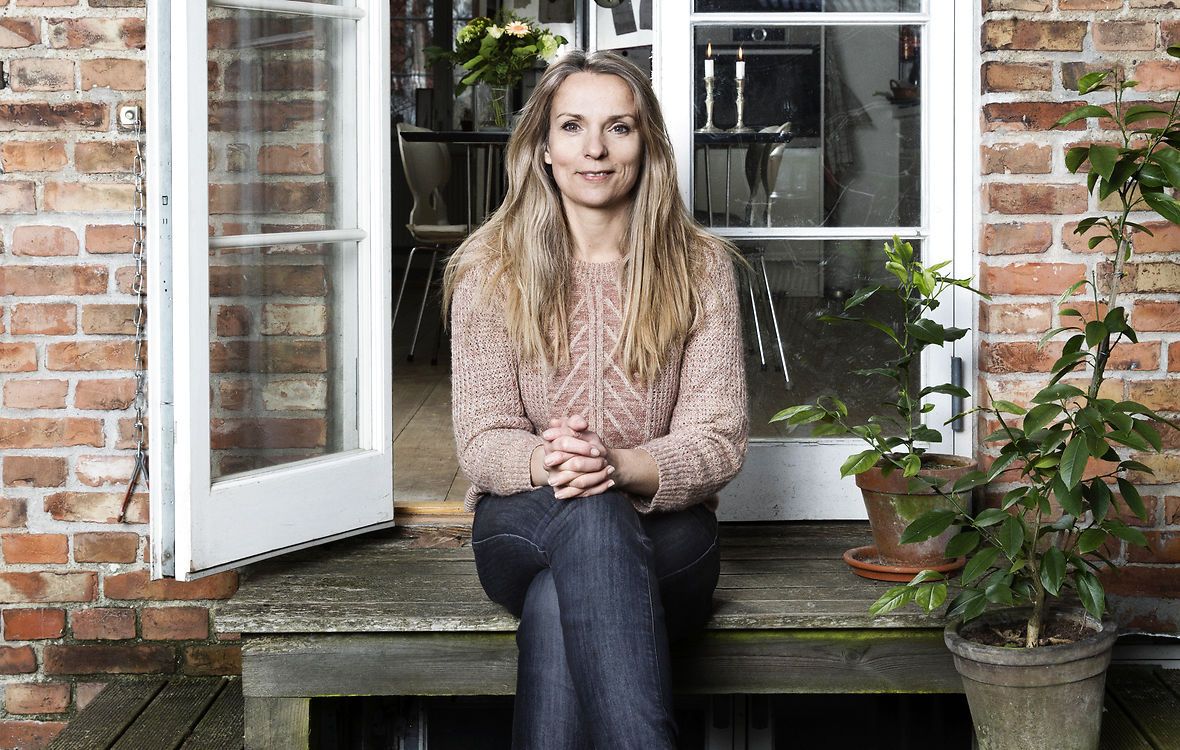Opinion
Surprisingly Denmark: Why many bathrooms are so tiny
This article is more than 2 years old.
Copenhagen’s small toilets are the result of a combination of history, architecture and lifestyle preferences … but old habits may be going to pot

Shave, shower, shit …all in one handy location: Denmark! (photo: private)
Fresh arrivals looking for accommodation in Copenhagen often encounter difficulties in regards to location or affordability … or even finding anything at all due to high demand.
But another aspect of apartment hunting in the capital that often leaves internationals stunned is the number of tiny closet-sized bathrooms.
Indeed, most expats are most likely not used to miniscule bathrooms in which you can use the toilet, sink, mirror and shower at the same time.
Sometimes, the shower isn’t even in the bathroom, but in an enclosure in the bedroom, kitchen or living room. Or worse, there isn’t a bathroom in the apartment at all!
“Some people still have to share toilets or bathrooms. Even Danes are surprised to hear this,” says Kristine Viren, the head of communications at homeowners’ knowledge centre Videncentret Bolius.
“Something like 20,000 apartments in Denmark still don’t have their own toilets – many of which are in Copenhagen. So there are some places that still have a shared toilet space in the back staircase.”
Viren added that she once lived in a Vesterbro apartment building that didn’t have a bathroom at all before a shared shower area was eventually installed in the basement.
Deep In The Cisterns Of History
So how is it that one of the most developed and trailblazing cities in the world could let their toilet situation go … well … down the shitter?
Well the answer is interwoven into the historical fabric of the city.
When many of the city’s apartments were initially built some 150 years ago, they didn’t have any toilets or bathrooms. Instead, the public visited bathing establishments (‘badeanstalter’) once a week or once a month, and shared toilets were located in communal backyards.
When the city underwent several urban renewal developments last century (‘byfornyelser’), they started putting in toilets – but only in small corners of apartments due to space constrictions.
Some of the best apartments were fortunate enough to have ‘træk og slip’ (‘pull and release’) installations.
“It’s history. How the toilets are today is just a reflection of how we lived back in the day. Now more than 40 percent of people in Denmark live alone in apartments. But at that time there were five or six people living together, so they likely found it even more cramped than we do today,” says Viren.
Additionally, building vertically in Copenhagen has long been a challenge because the city fiercely protects its architectural heritage. So the possibility of expanding older apartments has remained limited.
Space vs Location: It’s about priorities
More recently, apartments have been combined, providing more space for bigger bathroom areas.
According to Viren, that trend continues today, as the Danes crave more space in their lodgings.
“In the 1970s and 80s Danish houses grew in size as we became wealthier. Suddenly it was more attractive to own a house in the suburbs and our homes have only become bigger and bigger,” she says.
For instance, Viren points out that the average size of a house in Denmark is at an all-time high of 213 sqm. Space is far more important than it used to be, and it is the biggest reason why people move.
But don’t expect the tiny toilet situation to be completely flushed away from Copenhagen any time soon. There are many residents who still prioritise living centrally over having a more spacious abode.
“Our old city resembles the rings of a tree. It’s old in the centre and gets newer and newer the further away from the centre you get. Many love living in the idyllic city centre, and for them the size of the bathroom is of secondary importance,” concludes Viren.

Kristine Viren
About










































